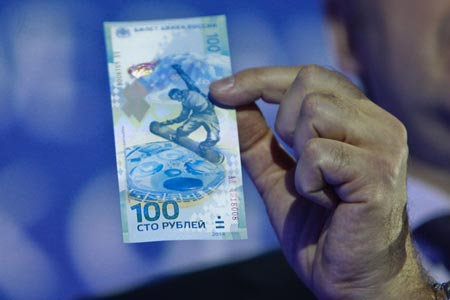

Follow us on:  
|


The ruble, rand, real and a host of other EM currencies have registered strong growth against the dollar recently [Xinhua]
Conventional wisdom has it that with the US Federal Reserve promising to raise interest rates at least three more times this year, capital outflow from emerging markets will increase, sending their currencies plummeting.
But on Wednesday, emerging market stocks reached their highest point in 19 months, with the MSCI 26-country equity index registering growth for most of February.
The US dollar may be stable, taking a slight dip now and again against the Japanese yen, Euro and Sterling pound, but it is on its strongest streak in nearly five years.
Nevertheless, emerging market currencies appear to have bucked the trend.
Brazil’s real on Thursday continued two days of growth coming in at 3.0574 against the greenback.
The dollar has fallen nearly 75 per cent against the real year on year, largely due to invention from the central bank.
South Africa’s rand has also strengthened over the past month coming in at 12.91 to the dollar. The dollar has weakened by 18 per cent against the rand since the same period last year.
It’s pretty much the same story with the Russian ruble. The dollar fell by 0.19 per cent to 57.10 rubles on Thursday; it fell nearly 27 per cent against the ruble year on year.
According to the Emerging Portfolio Fund Research (EPFR Global) group, emerging market stocks and bonds have seen $11 billion inflows since the start of 2017.
In Nigeria, for example, investors chased after a $1 billion bond up for grabs.
The gain in inflows was easing measures from the Japanese and Eurozone’s central banks and another pause in the U.S. Federal Reserve’s rate hiking cycle.
EPFR Global’s Developed versus Emerging Markets Indicator is beginning to reflect the recent shift in favor of this fund group following a punishing fourth quarter and start to 2016,” an EPFR report said earlier this week.
By Firas Al-Atraqchi with inputs from Agencies